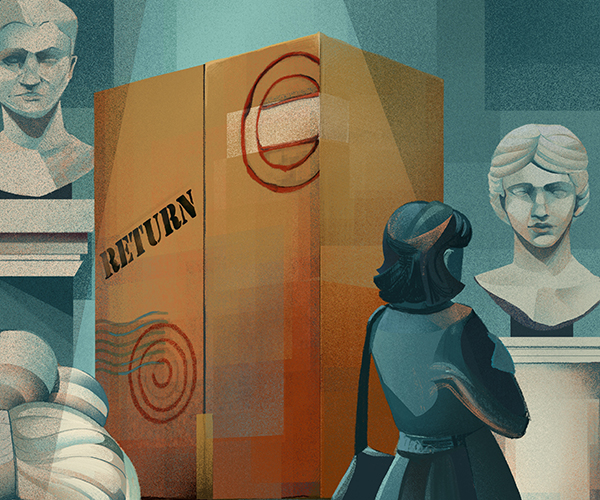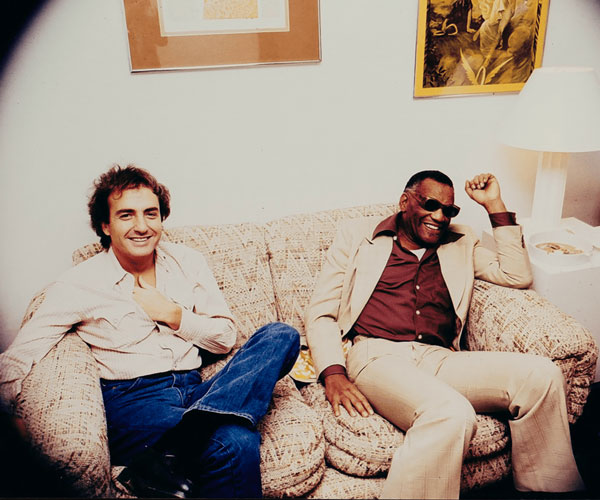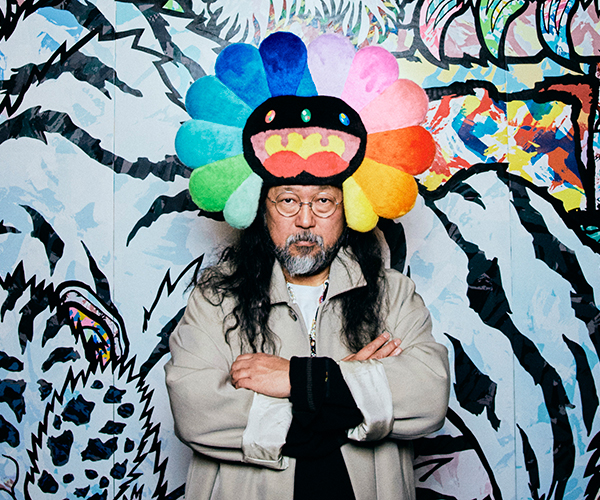Museums Unframed - International Spy Museum
Museums don’t have to mean long, silent hallways with a bunch of old stuff framed on the walls. In parks, galleries and halls of fame from Vegas to D.C., there are tons of cool things for your ogling pleasure.
What does your family want to disco
First, you must choose a new identity. Perhaps you’re a clothing salesman traveling to Budapest on busi-ness. Memorize your cover carefully. Your life may depend upon it.
That’s how you’re welcomed to the International Spy Museum, Washington, D.C.’s five-year-old cele-bration of espionage. Built by Clevelander Milton Maltz, who also created Beachwood’s Maltz Museum of Jewish Heritage, the Spy Museum is radically unlike the countless government-owned museums in the nation’s capital. It’s not free — it costs $15, or $14 if you’re a soldier or a spy. And while the Smithsonian aims to awe you with the nation’s greatness, this museum has a more intimate goal: It invites you to imagine yourself as an undercover agent.
The maze of rooms hides a vast array of multimedia displays. A film playing in one area explains spy skills such as how to pick a lock. That banging from the ceiling? That’s your fellow tourists, climbing through an air duct above you to listen in on your conversations. Gadgets used by Western and Communist intelli-gence agencies fill a nearby room: A World War II-era map that British intelligence printed on Japanese rice paper so it wouldn’t rustle; a KGB single-shot pistol, disguised as lipstick.
The Secret History of History, an exhibit on spycraft through the centuries, leads from stately Euro-pean salons through an ominous Soviet spy office to a room on the D-Day invasion of Normandy. A speaker plays the coded BBC radio broadcasts that warned the French resistance the invasion was com-ing with two lines from Paul Verlaine’s poem “Chanson d’Automne” (“Song of Autumn”).
After a terrifying display on how the Soviets learned the United States’ atomic-bomb secrets, visitors descend into the bunkerlike basement for the Cold War exhibit. Don’t miss the replica of a tunnel the CIA built under East Berlin in 1955 to tap Soviet and East German communications.
800 F St. NW, Washington, D.C.; 1-866-SPY-MUSEUM or (202) EYE-SPY-U,
or www.spymuseum.org



